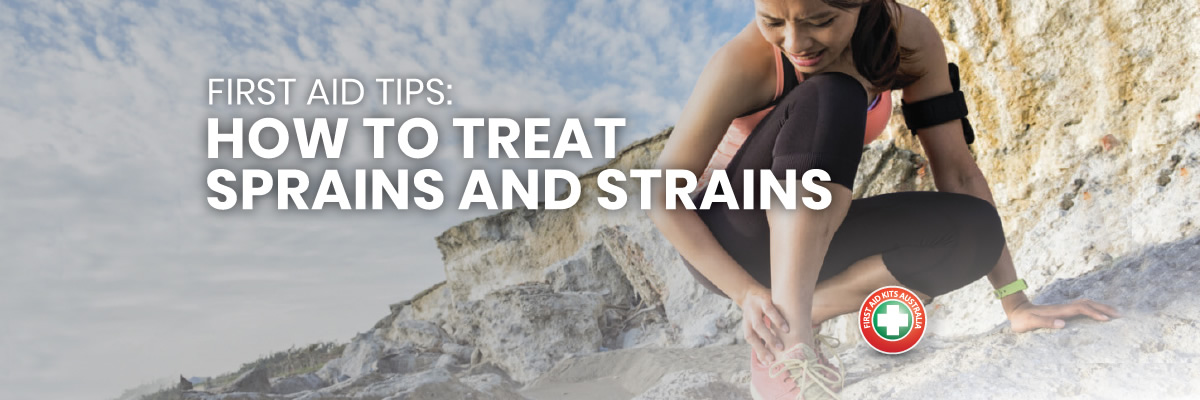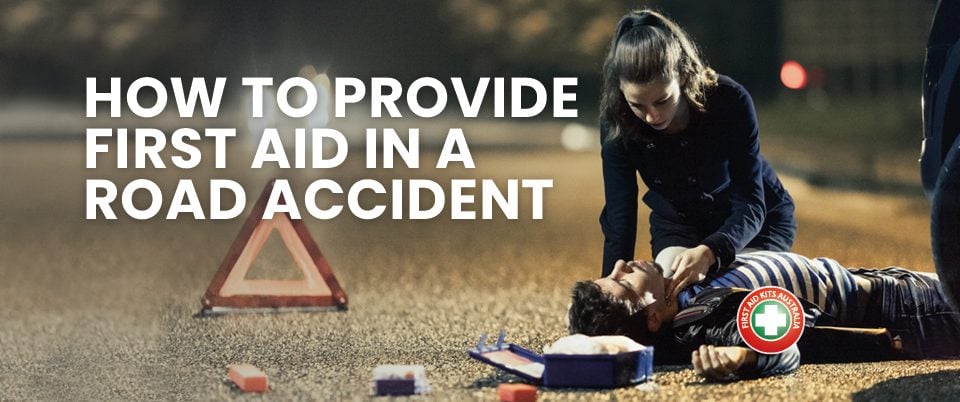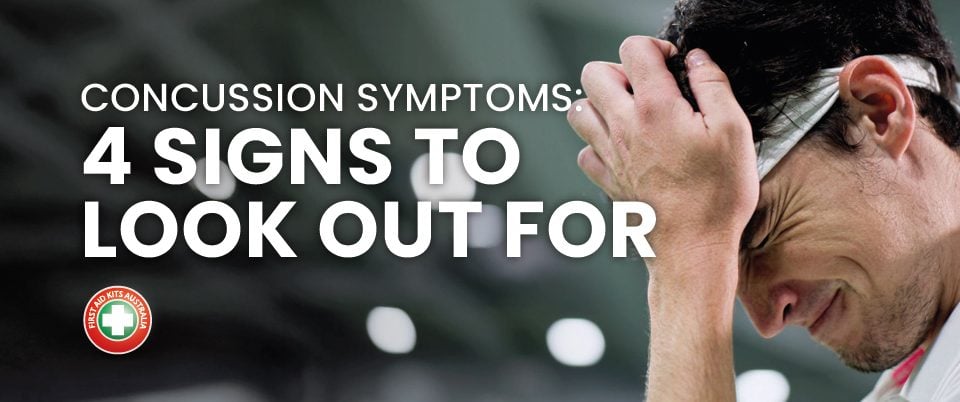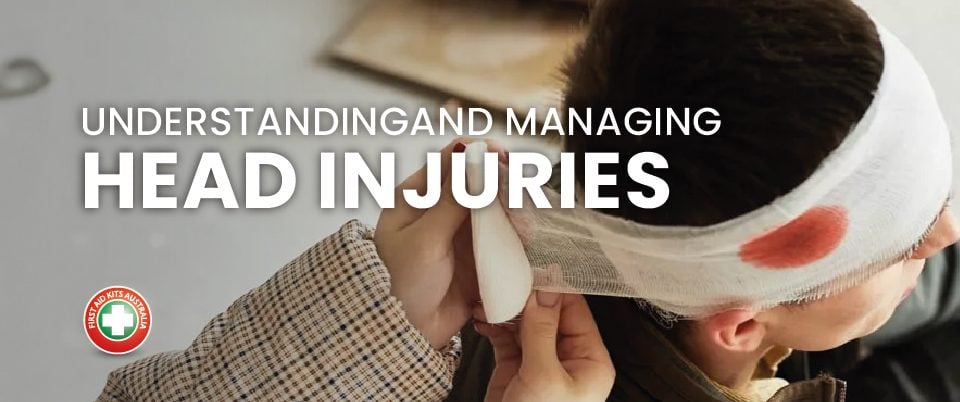
Back to Work Sale
2 February 2021
Easter Safety Sale
1 March 2021What are Sprains and Strains? And how I know if I have done a Sprain or a Strain?
Sprains and strains are very common injuries and they’re often the consequence of minor accidents like falling or lifting something heavy.
While a Sprain is an injury to a ligament where one or more ligaments are stretched or torn, Strains are an injuries to a muscle. In a strain, a muscle or a tendon is stretched or torn.
Both injuries can be caused by an accident (a slip, a trip or a fall) or can develop over the course of time as a consequence of poor habits, eg. excessive force and excessive repetition, awkward posture, et.
Symptoms of sprains and strains
pain
swelling
stiffness
reduced efficiency of function
How to Prevent Sprains and Strains?
There are many ways to prevent these injuries. Most of them have to do with the correct physical preparation before making any kind of physical effort that might negatively affect your body.
To prevent sprains and strains:
Use the correct posture when lifting and lowering
Stay flexible with regular stretching exercises
Maintain good physical fitness
Warm-up prior to vigorous activities
Stretch before and after
Keep to a healthy weight
First Aid for Sprains or Strains
If you have an accident that leads to a sprain or a strain, follow this First Aid steps:
Follow the DRSABCD (Danger-Response-Send Help-Airway-Breathing-CPR-Defibrillator) action plan. In the case of a Sprain and Strain remove yourself from a dangerous situation (for example, if the accident happened in the middle of a road), ask for help to walk to a safe place.
Use R.I.C.E (Rest, Ice, Compress and Elevate)
Rest the injured area.
Use icepacks every two hours, applied for 15 minutes, and separated from the skin by a damp towel.
Compress, or bandage the injured site firmly, extending the wrapping from below to above.
Elevate the injured area above heart height whenever practical.
And avoid H.A.R.M which means:
Heat on the wound
Alcoholic beverages,
Running (or exercising) before the wound is completely healed, and
Massages, which can result in more bleeding and swelling if done in the first 24-48 hours.
You should visit a doctor if:
The injury swells immediately, with severe pain
Any part of the injured area is numb
A significant change in the range of movement in any joint
The injured part is unable to support any weight
Pain and swelling do not reduce after 2–3 days.
Most soft tissue injuries take a few weeks to heal, depending on their severity.
And for all your First Aid needs, make sure to visit us at: https://firstaidkitsaustralia.com.au/





